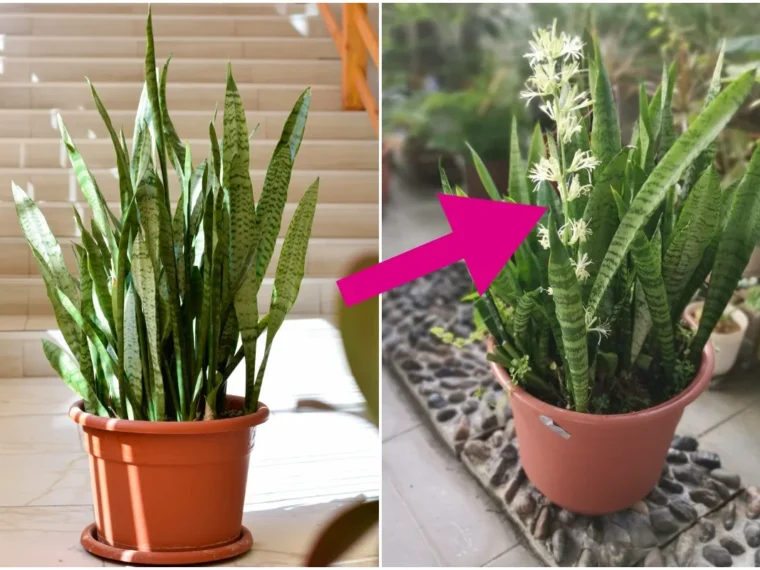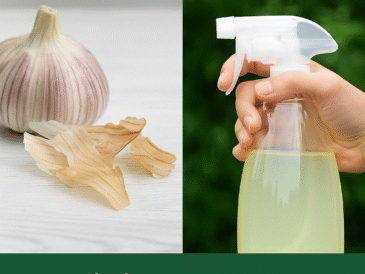5. Keep Humidity Levels Low
Snake plants do best in environments with low to moderate humidity, similar to their native regions in Africa. If humidity levels are high, use a dehumidifier or keep them away from humid spots like bathrooms.
6. Fertilize Occasionally
Fertilizing snake plants isn’t always necessary, but a light feeding during the growing season can encourage blooming. Use a balanced, water-soluble fertilizer, diluted to half-strength, and apply it monthly from spring to early fall. Avoid over-fertilizing, as this can lead to excessive leaf growth rather than blooms.
7. Let the Plant Age
Snake plants typically bloom only when mature, so young plants are less likely to produce flowers. Allow the plant a few years to establish, especially if grown indoors. Older plants are naturally more predisposed to flower if their needs are met.
8. Monitor and Address Any Pests
Snake plants are generally pest-resistant, but occasionally, pests like mealybugs or spider mites can infest them. Check the plant regularly and remove any pests promptly. You can treat infestations with a mixture of mild soapy water and rinse the plant under lukewarm water.
Final Note: Patience is Key
Snake plants are naturally slow-growing and may take years to bloom. By maintaining consistent care and allowing the plant to experience slight stress, you’ll create an environment conducive to blooming.




